What are the two basic categories of casting processes?
What are the two basic categories of casting processes?
Casting is a widely used manufacturing process where a liquid material is poured into a mold to solidify and take the desired shape. It plays a crucial role in producing a variety of products ranging from small and intricate components to large and complex structures. The casting processes can be broadly categorized into two main categories: Expendable Mold Casting and Permanent Mold Casting. In this article, we will explore these two categories in detail.
Expendable Mold Casting:
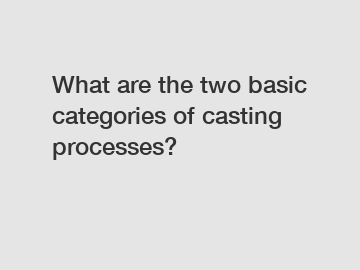
Expendable mold casting is a casting process that involves the use of molds that are only suitable for one-time use. The mold is usually made of a material that is easily destructible or can be removed after the solidification of the casting. There are several types of expendable mold casting processes, including:
1. Sand Casting:
Sand casting is one of the most commonly used casting processes. It involves creating a mold made of compacted sand around a pattern of the desired shape. After the pattern is removed, molten metal is poured into the mold cavity, and once it solidifies, the excess sand is removed to reveal the final casting. Sand casting is ideal for producing large and heavy components.
2. Investment Casting:
In investment casting, also known as the lost-wax casting process, a wax pattern is created and then coated with a ceramic shell. The wax is then melted out, leaving behind a cavity in the shape of the desired casting. Molten metal is poured into this cavity, which solidifies to form the final product. Investment casting is frequently used for producing intricate and high-precision components.
3. Plaster Casting:
Additional reading:Bearings in Industrial Applications: Navigating the Machinery Landscape
What is the maximum pressure that most oil seals are rated for?
The Ultimate Guide to Stainless Steel Cylindrical Roller Bearings
Which butterfly valve is preferred for pressure retaining purposes?
What is the advantage of a 3 piece ball valve?
What is a Swing Check Valve For?
High-Pressure Lined Slurry Pump: Unraveling Efficiency in Industrial Fluid Handling
Plaster casting, or plaster mold casting, involves using a plaster mold to create the desired shape of the casting. The mold is made by coating a pattern with several layers of plaster, allowing it to dry and harden. Once the plaster mold is ready, molten metal is poured into it and left to cool and solidify. Plaster casting is suitable for producing small and complex parts with fine details.
Permanent Mold Casting:
Unlike expendable mold casting, permanent mold casting uses molds that can be reused multiple times. These molds are typically made of stronger materials such as metal and can withstand repeated use. Permanent mold casting processes can be further classified into:
1. Die Casting:
Die casting involves injecting molten metal into a reusable mold called a die, under high pressure. The die is usually made of steel or a refractory metal. Once the molten metal solidifies, the die is opened, and the final casting is ejected. Die casting is widely used for mass-producing complex shapes with excellent dimensional accuracy and surface finish.
2. Centrifugal Casting:
Centrifugal casting is a process where molten metal is poured into a mold, which is then rotated at a high speed. The centrifugal force distributes the molten metal uniformly, creating a casting with excellent mechanical properties and dense grain structure. This process is commonly used for producing cylindrical or rotational symmetric components such as pipes, cylinders, and rings.
In conclusion, casting processes can be divided into two basic categories: expendable mold casting and permanent mold casting. Each category offers various techniques suitable for different applications and requirements. If you are interested in learning more about casting processes or have any inquiries, please do not hesitate to contact us.
For more Investment casting for food processing equipment, Lost wax casting for sporting equipment, Lost wax casting for watchmakinginformation, please contact us. We will provide professional answers.
Additional reading:Discover Edging Trim Rubber: A Perfect Solution for Neat & Professional Finishing
What is the proper sequence of investment casting?
The Ultimate Guide to AH Slurry Pumps
The Ultimate Guide to Airless Spray Gun Filter Replacement
What are the top 10 advantages of Deep Groove Ball Bearings for the purchase stage?
What is the process of hardfacing?
Which Electronic Proportional Pressure Regulator Reigns Supreme?
183
0
0
Related Articles
-
178
0
0
-
212
0
0
-
182
0
0
-
186
0
0
-
Unlocking the Power of Internal Thread Ball Valves: Your Ultimate Guide!
Unlocking the Power of Internal Thread Ball Valves: Your Ultimate Guide!
191
0
0
-
Optimize Drilling Efficiency with Premium Mud Desander
When it comes to drilling operations in various industries, efficiency is key.
195
0
0
-
183
0
0
-
204
0
0



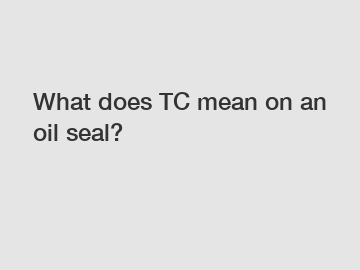
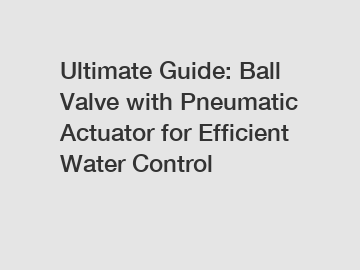
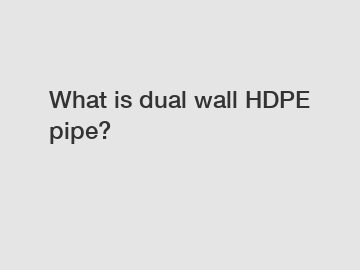
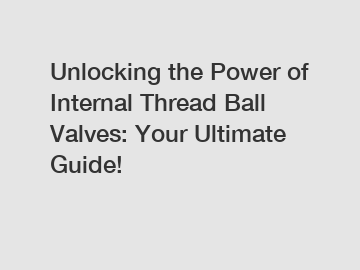
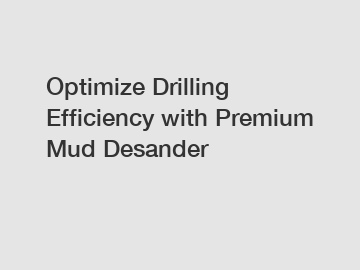
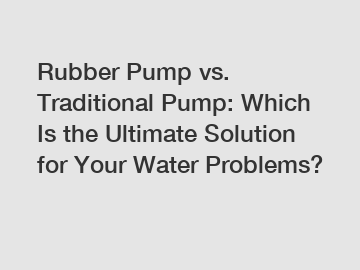

Comments
All Comments (0)